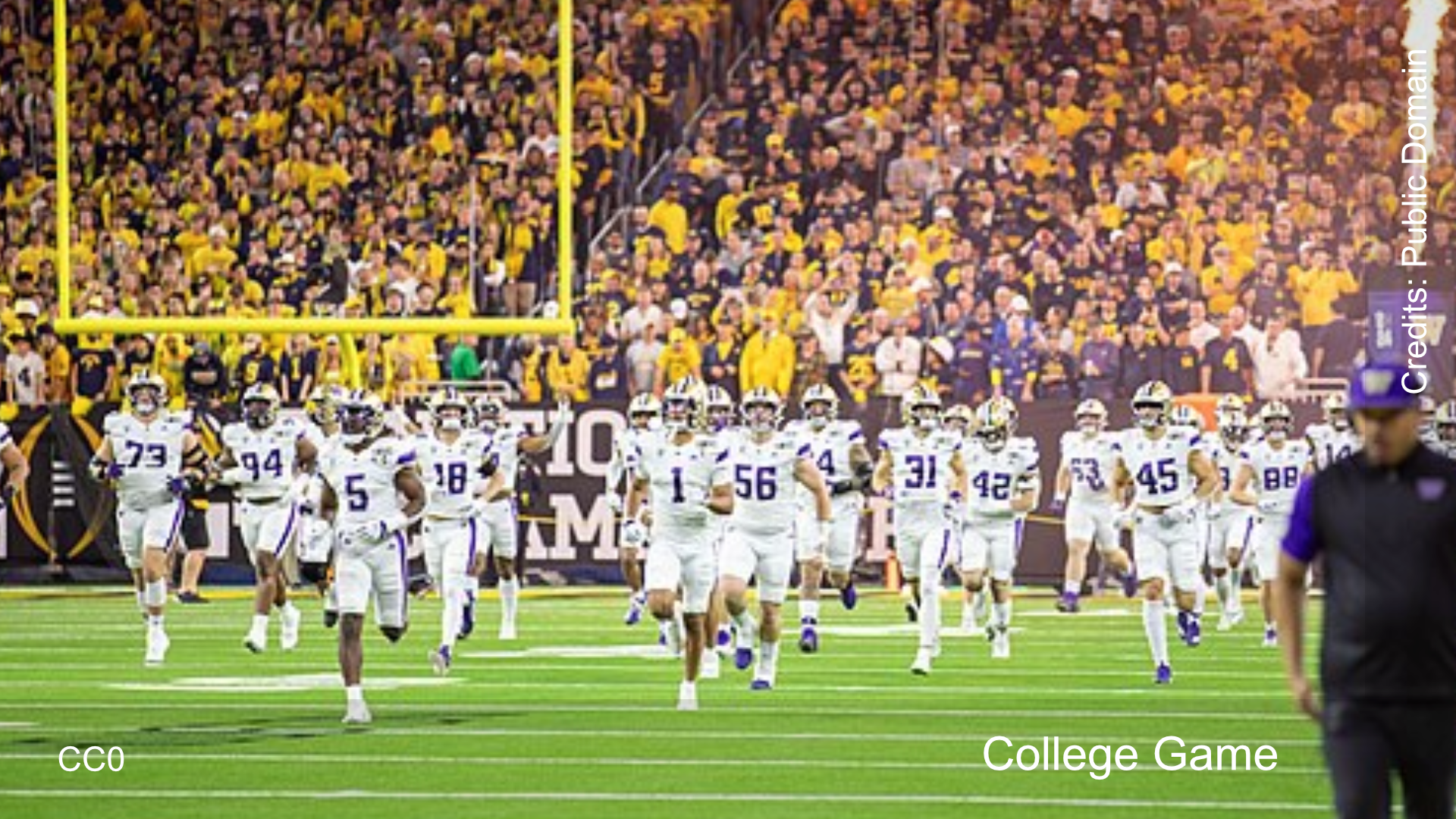The primary purpose of VAR is to minimize human error by providing referees with video replays of crucial incidents during a match. These include goals, penalty decisions, red card incidents, and cases of mistaken identity. By allowing officials to review footage, VAR aims to ensure fair outcomes and uphold the integrity of the sport. As a result, many league competitions, including the Premier League, La Liga, Bundesliga, and Serie A, have adopted this technology to enhance decision-making processes.
- Purpose of VAR: VAR (Video Assistant Referee) aims to reduce human error by reviewing key incidents like goals, penalties, red cards, and mistaken identity, enhancing fairness in football.
- Support for VAR: Advocates argue that VAR has significantly improved decision accuracy and fairness, helping referees make more informed calls and providing accountability.
- Criticism of VAR: Detractors point to disruptions caused by reviews, which can break the flow of the game, and the persistence of subjective calls, leading to ongoing debates even with video assistance.
- Ongoing Evolution: High-profile incidents, such as Mohammed Kudus’ red card, underscore the need for consistent standards and continuous improvement of VAR protocols to maintain the integrity of football.
Despite its noble intentions, VAR has been met with mixed reactions from the football community. Supporters of the technology argue that it has improved the accuracy of officiating, reducing the number of incorrect decisions significantly. They point out that VAR has helped correct many contentious situations, leading to fairer results and maintaining the credibility of the sport. Furthermore, it has provided an additional layer of accountability for referees, who can now rely on technology to make informed decisions.
However, critics of VAR highlight several challenges and drawbacks associated with its use. One of the main concerns is the disruption it causes during matches. The time taken to review incidents can lead to extended stoppages, breaking the flow of the game and frustrating players and fans alike. Additionally, the subjective nature of some decisions means that even with video assistance, controversies are not entirely eliminated. Disagreements over handball interpretations, offside calls, and the severity of fouls continue to persist, often leading to heated debates.
The recent incident involving Mohammed Kudus’ red card in the West Ham vs. Tottenham match is a prime example of the ongoing VAR debate. While the technology was instrumental in ensuring the correct decision was made, it also reignited discussions about the consistency and clarity of officiating standards. Such incidents emphasize the need for continuous refinement of VAR protocols to address these concerns effectively.
As VAR becomes more ingrained in the fabric of football, its role and impact will likely evolve. The technology’s potential to improve decision-making is undeniable, but its implementation must be carefully managed to preserve the essence of the sport. Striking a balance between technological assistance and the human element of refereeing will be crucial in ensuring that VAR contributes positively to the beautiful game.
Key Points on the History of VAR:
- Origins: VAR was conceived in the early 2010s by the Refereeing 2.0 project under the Royal Netherlands Football Association (KNVB). Initial tests began during the 2012–13 Eredivisie season.
- IFAB Approval: In 2014, the KNVB petitioned the International Football Association Board (IFAB) to amend its laws for broader trials, which were approved in 2016. VAR aimed to address errors that were instantly visible to spectators, like Thierry Henry’s infamous handball in 2009.
- Blatter’s Opposition: FIFA President Sepp Blatter was historically against introducing technology into football. However, after his exit in 2015 due to a corruption scandal, the VAR system gained support under Gianni Infantino.
- First Live Trials: The first live trial occurred in 2016 during a PSV vs. FC Eindhoven friendly, with subsequent tests in the U.S. and internationally. The first professional match using VAR occurred in the KNVB Cup between Ajax and Willem II in September 2016.
- International Expansion: VAR was adopted in key tournaments and leagues by 2017, including Major League Soccer (MLS), the Bundesliga, Serie A, and La Liga. The system was also used in international competitions such as the FIFA Confederations Cup and the U-20 World Cup.
- Controversial Beginnings in England: VAR debuted in the FA Cup in 2018 and was formally written into the Laws of the Game that same year. The Premier League introduced it in the 2019–20 season following a vote from its teams.
- Expansion in Women’s Competitions: VAR made its debut in women’s football in Portugal in 2017 and was used at the 2023 FIFA Women’s World Cup, where referees explained their decisions live in the stadium for the first time.
This detailed history showcases VAR’s gradual adoption, addressing key moments in its evolution and the varying reactions from different leagues and officials.





